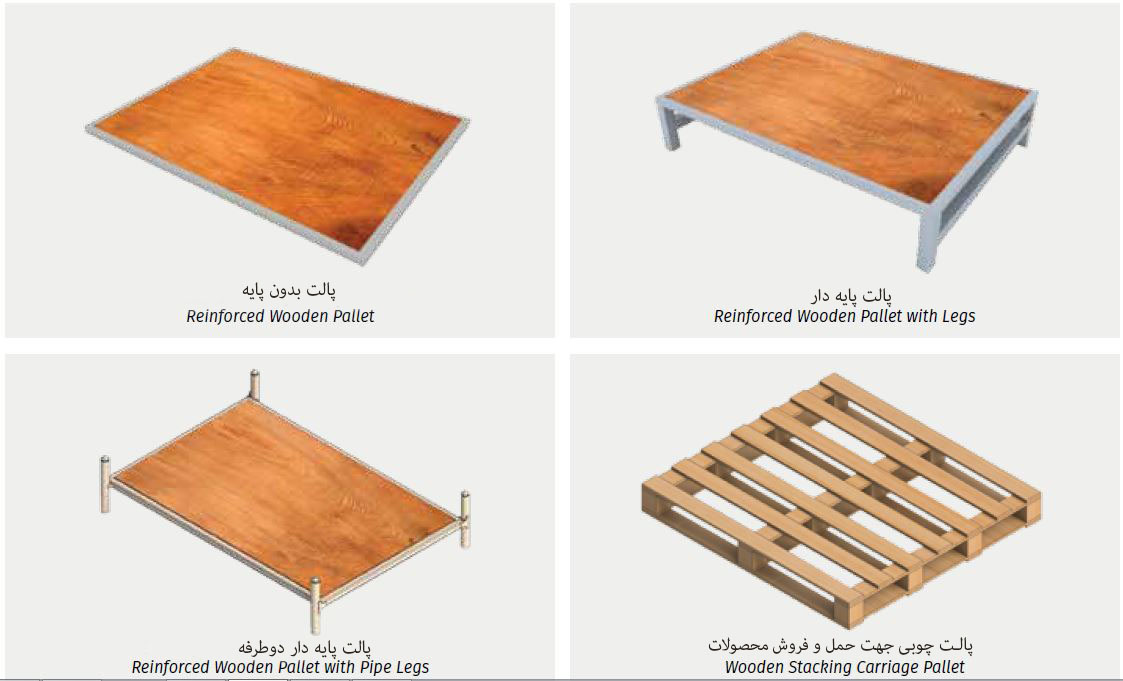introduction to Concrete Production Machines
In this article, we have tried to provide complete information, terms used in concrete production machines (cement block machine, concrete kerbstone machine, and concrete paving machine) to the customers and those who are looking to purchase these machines to provide them to purchase with complete confidence and assurance of the manufacturer at the time of purchase.
This article will also help you make the right choice in terms of production capacity, type of production and investment before setting up the workshop and factory.
Types of cement block, concrete curbstone and paving machine:
There are various machines for producing different types of cement blocks, which divided into two groups: stationary and mobile:
1-Stationary Machines
Stationary machines are known in the market as a Paving machine. Stationary machines manufactured in two types: single-bunker or double bunker. The difference between single-bunker and the double-bunker machine is only in the production of two-color paving stones and does not affect production capacity. These machines are installed on the foundation, which has a hole to access the underside of the machine.
Concrete products Production Line:
The concrete products production line is designed in three types according to the accessories next to the main machine and their automation system.
- Semi-automatic production line


- Fully automatic production line (accessories are the same as automatic line machines equipped with PLC system and sensors)
Complete Process of the Concrete product Production line:
First, the materials (gravel, sand, pumice...) transferred by the loader into the batching plant’s feeder for weighing and then conveyed to the mixer to mix with water and cement (cement transferred via a screw)
After the mixture is ready, it is transferred through the conveyor to the main press machine(paving). Inside the main machine, the concrete is transferred into the mold attached to the machine. The concrete is vibrated and pressed in the mold and turns into a concrete block or any concrete product. Then it pulled out the machine on the pallet. It placed on a chain conveyor after that there is a robot machine, it’s task is picking up pallets together along with the product to be transported by forklift to the drying section.
Pallet types of stationary machines:
The production of concrete products in stationary machines are manufactured on a variety of pallets, metal pallet, and PVC pallet and reinforced wooden pallet. The number of pallets is purchased according to the capacity of the stationary machine production and this is why the manufactured concrete products have a smooth and clean surface.
Pallets are in three general types: 
Flatten pallet (paver stones and curbstones)
Pallet with legs (block production)
Pallet with pipe legs (block production)
Wooden pallets are the most common and first type of pallets used in stationary machines. These pallets are usually made of Russian woods, then several pieces are reinforced and stacked together in a metal frame and pallet-sized.
Metal pallets, which are recently used for the high price of wooden pallets. The advantage of metal pallets is easy selling if needed and its low price.
PVC pallets are more expensive than wooden and metal pallets and their advantage is their lightness.
2- Mobile Machines
The mobile machine performs the production of a concrete production on a flat and leveled concrete floor.
Mobile machines are only capable of producing curbstone and cement blocks. The production of concrete paving by these machines will have poor quality due to the low vibration and pressing and ground production. Manufacturing of concrete paving by a mobile machine is not recommended.
Mobile Machines are manufactured in three general models:
2-1) Manual Block Machine
شنبه ۱۲-۱۱-۱۳۹۸




